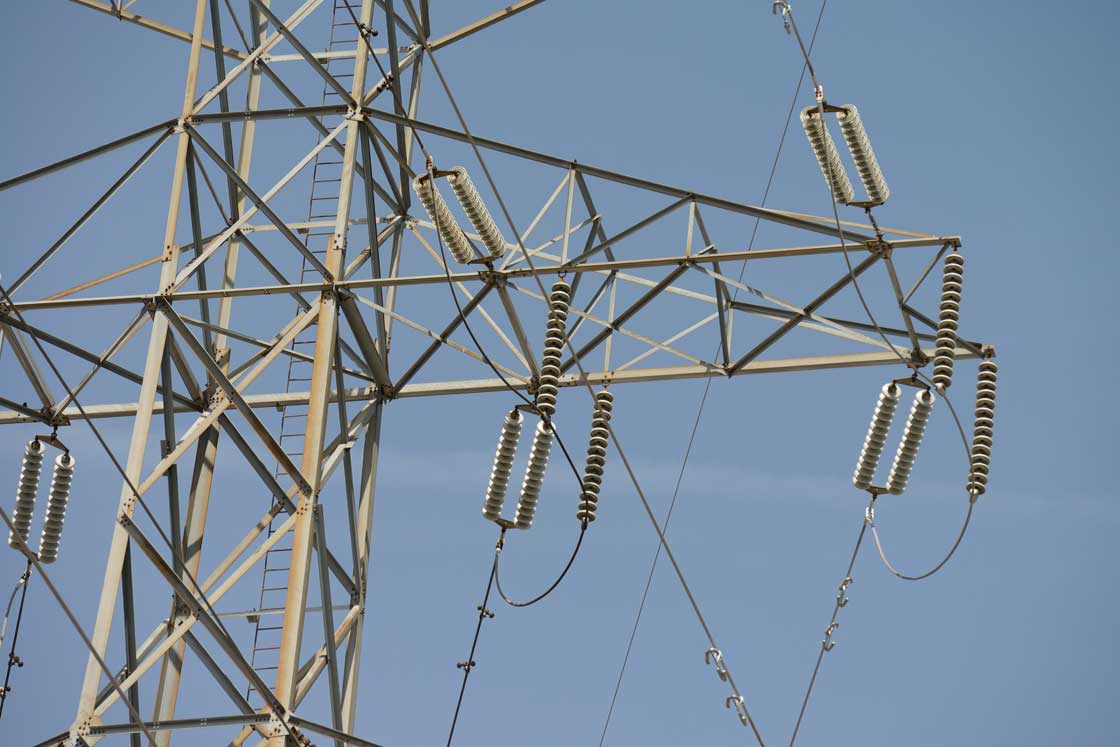Countries all over the world are rebuilding their electrical systems. Hundreds of billions of dollars are pouring into the emerging “smartgrid” sector. Ontario’s latest long-term energy plan has, for the first time, an explicit focus on innovation. It will accelerate Ontario’s burgeoning smartgrid sector into this large and growing global market. That’s a good bet.

Intelligent, responsive electrical grids form the backbone of the now inevitable transition to a low-carbon economy. Smartgrids are more efficient, better able to accommodate distributed intermittent energy sources like wind and solar, and are resilient to the sort of blackouts that brought much of North America to a standstill in 2003. The technology that makes them smart – automated energy networks, sensors and data analytics, next-generation power electronics, energy storage – is projected to be a $400 billion market by 2020.
Ontario’s smartgrid companies are already moving fast. But we need to be aggressive to take full advantage of our innovative entrepreneurs and world-class utilities. Good strategic policy and a creative regulatory environment can entrench a first-mover advantage. When we solve problems with innovation at home, we build technology that’s in demand everywhere.
That’s why the long term energy plan is so important. It’s about next-generation jobs as much as it is about energy. And it contains some very promising economic initiatives – an expanded Smartgrid Fund, real targets for energy storage, and the convergence of information technology and demand response as a cornerstone of conservation.
Innovation and infrastructure don’t normally make comfortable bedfellows because regulators prefer the tried and true to the new and novel. Historically, that protected ratepayers from expensive experiments. But today’s creaky old grid needs innovation. It’s old, over-loaded, and inefficient.
An expanded Smartgrid Fund facilitates partnerships between homegrown companies and utilities for innovative projects that improve the grid, but wouldn’t normally get past the regulator. Utilities get a smarter grid, ratepayers get a more efficient one – and Ontario companies get that first reference project they need to go after export opportunities. And that benefits us all.
Ontario has established a 50 MW target for energy storage. That’s a bold move, and a smart one. International investment in storage over the last two years has skyrocketed to over a billion dollars. The industry is projected to be worth $30 billion within a decade. Ontario has some leading horses in this race: Hydrostor’s underwater compressed air system, Temporal Power’s ultra-low friction flywheels, Hydrogenics’ hydrogen generation and eCamion’s grid-scale lithium batteries all compete.
But Ontario goes further by establishing an independent assessment of the benefit these projects bring to ratepayers. Energy storage can ease transmission congestion, reduce the need for costly system upgrades, provide frequency regulation to ensure power quality, and solve the intermittency problem of renewables without burning natural gas. Grids everywhere face the same problems. Cracking those markets is made a lot easier by the financial, regulatory and operational experience that comes with partnering at home.
No smartgrid effort can skip intelligent demand response – conservation without having to flip switches or adjust thermostats. Ontario has committed to reduce peak power by ten percent – the equivalent of two and a half large power plants – by 2025. That’s a big enough commitment to drive commercial markets. IT and sensors, coupled to energy assets, will do the bulk of the work automatically.
But Ontario has also put the consumer front and center, by leveraging a little appreciated competitive advantage. We’ve got one of North America’s largest installation of smart meters. For many of us, it’s just an expensive box on the side of our house. That’s about to change.
The Green Button Program, an initiative led by the Ministry of Energy, MaRS and local utilities, lets consumers securely share energy data with innovative third-party service providers. This helps us understand energy use, cost, and conservation by linking us to user-friendly mobile and web-based devices. Soon, you and your kids will get more energy literate together in game-like settings that use your home as a model. A better-informed public makes better decisions, and will be less confused as energy policy is inevitably weaved further into 21st century social fabric.
For Ontario, it’s as aggressive a plan as we could have hoped for from a Ministry so closely scrutinized for the past year. It establishes innovation as a key link between energy security and economic development. Smarter policy for a smarter grid.
Jon Dogterom, Cleantech Practice Lead, co-authored this article.




Comments